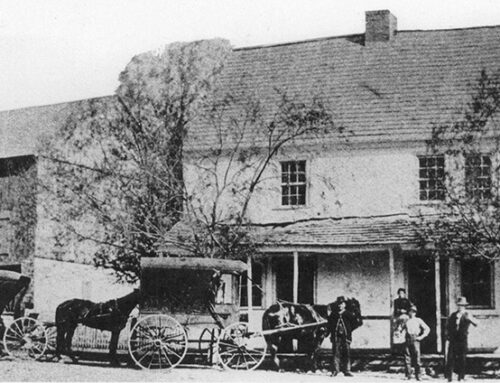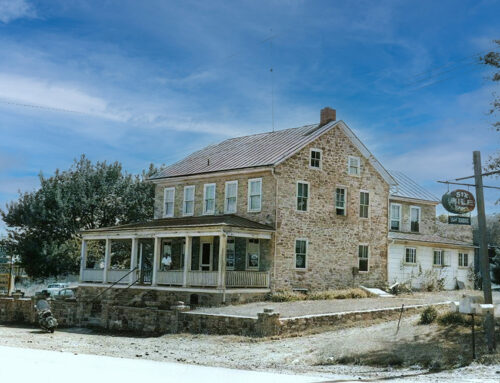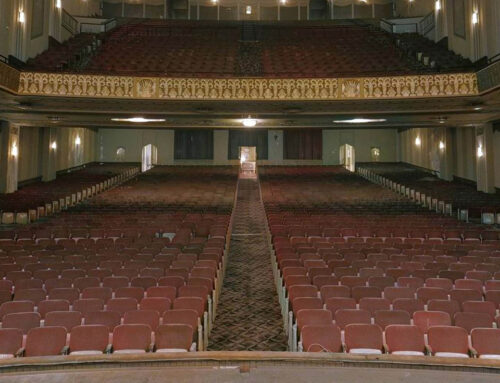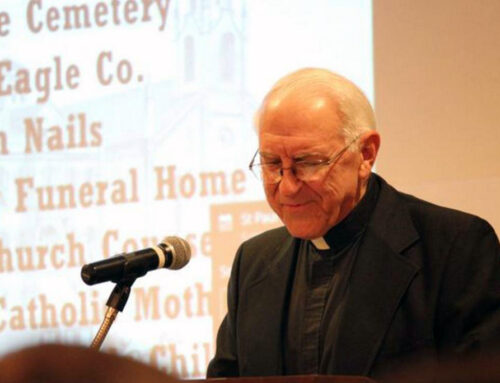The city of Reading is bounded on the west by the Schuylkill River, on the east by Mount Penn, and on the south by Neversink Mountain. Overlooking the city on Mount Penn are two landmarks, a Japanese-style pagoda, and the William Penn Memorial Fire Tower; one mile from the Pagoda on Skyline Drive. Neversink Mountain, though quiet and relatively undisturbed now, once had its own distinctive landmarks.
Neversink Mountain was a thriving resort destination from 1880 to 1930. The Neversink Railroad wound around and over the mountain from the South Ninth Street Trolley to Klapperthal Station, it was built to link resort destinations for vacationers and day users out for a picnic or sightseeing. The KlapperthalTrail, Neversink North and South Trails follow much of the rail lines original route, with some exceptions where it crosses private property. Numerous historic artifacts from this period can be observed as one walks these trails except for Heiner’s Wissel or Heiner’s Spring as it sits on private and protected property.
Heiner’s Wissel or spring is located just beyond the end of South 19th Street. It was once a gushing spring on land owned by a man named Kraft Heiner who emigrated from Germany to America in the early 1700s. Dr. Kraft Heiner received title to the land in a deed given to him by the Penn heirs. The fresh water of the spring flowed freely down the slope of Neversink Mountain to the confluence with Rose Valley Creek, and then to the Schuylkill River. The spring was the centerpiece of what became a popular spot for recreational use in the early 19th century. Heiner’s spring also provided drinking water for Union Troops who camped there during the Civil War.
Below: Location of Heiner’s Wissel or Spring from 1876 Map of Reading, PA

Heiner’s Wissel or Spring
Camp Muhlenberg, named in honor of General Peter Muhlenberg, was located south of present day Perkiomen Avenue in the vicinity of 19th Street. It had been established in the spring of 1863 during the Confederate invasion of Pennsylvania to receive troops enroute to Harrisburg to counter the invasion. At this time, the camp was about a mile outside the city limits on the farm of Michael Haak. When the soldiers took possession of the farm it was one of the finest farms in this section. When the troops departed Neversink it was useless. Fences were torn down and the soil was no longer good for farming. It was worse than a bad street. Hundreds of bushels of potatoes were destroyed. In fact, all the crops were ruined a week after the soldiers arrived.
Below: Farmhouse on Haak Estate

After the troops departed Heiner’s Wissel, and the grounds that surrounded it became a rallying spot for large groups that included Republicans, Democrats, Socialists, Catholics, Protestants, Mennonites and even gypsies.
In 1931, a group of residents reclaimed the spring and surrounding land. They replaced the old rusty pipe which the water from the spring sprang from with a bronze lion’s head. The water which flowed from the lion’s mouth was cold, and clear as crystal.

To this day the lion’s head on a stone wall marks the outlet of the spring. The spring no longer flows through the lion’s mouth but through natural openings in the soil and stones. The stream of water continues its descent toward a gutter in an East Reading valley into an underground storm-sewer system created to carry Rose Valley Creek beneath the streets of Reading into the Schuylkill River through an 8 foot diameter discharge pipe at the east end of Heritage Park.
Below: Flow of Rose Valley Creek beneath the streets of Reading, PA






